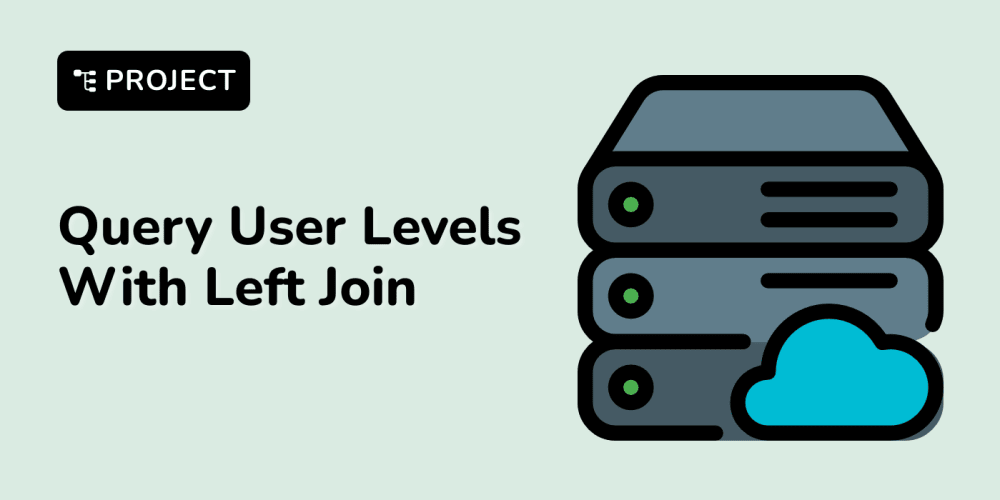The event object in JavaScript is a key component of handling user interactions with the DOM. It represents an event that occurs on an element, such as a click, key press, or mouse movement. The event object contains various properties and methods that provide information about the event and allow you to control its behavior.
Key Properties of the Event Object
-
type:- This property returns the type of the event (e.g.,
"click","keydown","mouseover").
- This property returns the type of the event (e.g.,
console.log(e.type); // Outputs: "click"
-
target:- The
targetproperty refers to the DOM element that triggered the event. This is particularly useful when multiple elements share the same event listener.
- The
console.log(e.target); // Outputs the clicked element
-
currentTarget:- The
currentTargetproperty refers to the element to which the event handler is attached. This is useful in scenarios where event delegation is used.
- The
console.log(e.currentTarget); // Outputs the element the event listener is attached to
-
clientXandclientY:- These properties provide the x and y coordinates of the mouse pointer relative to the viewport when the event was triggered.
console.log(e.clientX, e.clientY); // Outputs the mouse position when the event occurred
-
preventDefault():- This method prevents the default action associated with the event from occurring. For example, it can be used to prevent a form from submitting when a button is clicked.
e.preventDefault(); // Prevents the default action
-
stopPropagation():- This method stops the event from bubbling up to parent elements, meaning that event listeners on parent elements will not be triggered.
e.stopPropagation(); // Stops the event from propagating to parent elements
-
key:- In keyboard events, this property returns the key that was pressed.
console.log(e.key); // Outputs the key pressed, e.g., "Enter"
Example Usage
Here's an example that demonstrates some of these properties:
<button id="myButton">Click me</button>
<div id="output"></div>
<script>
const output = document.querySelector("#output");
function handleClick(e) {
output.textContent = `Event type: ${e.type}\n`;
output.textContent += `Clicked element: ${e.target.tagName}\n`;
output.textContent += `Handler attached to: ${e.currentTarget.tagName}\n`;
output.textContent += `Mouse position: (${e.clientX}, ${e.clientY})\n`;
}
const button = document.querySelector("#myButton");
button.addEventListener("click", handleClick);
</script>
When the button is clicked, the event object provides information about the click, such as the event type, the clicked element, and the mouse position.
The event object is crucial for making web pages interactive and responsive to user actions. Understanding it will allow you to write more powerful and flexible JavaScript code.
Please subscribe to my YouTube channel for coding tutorials: click here


















